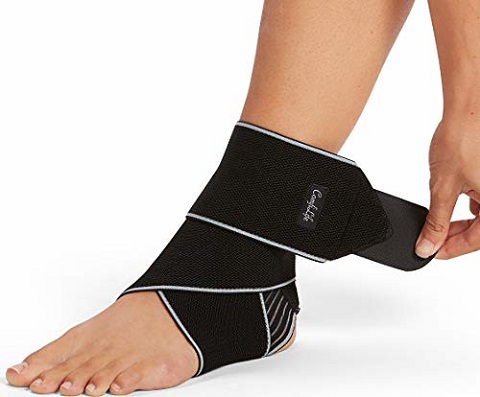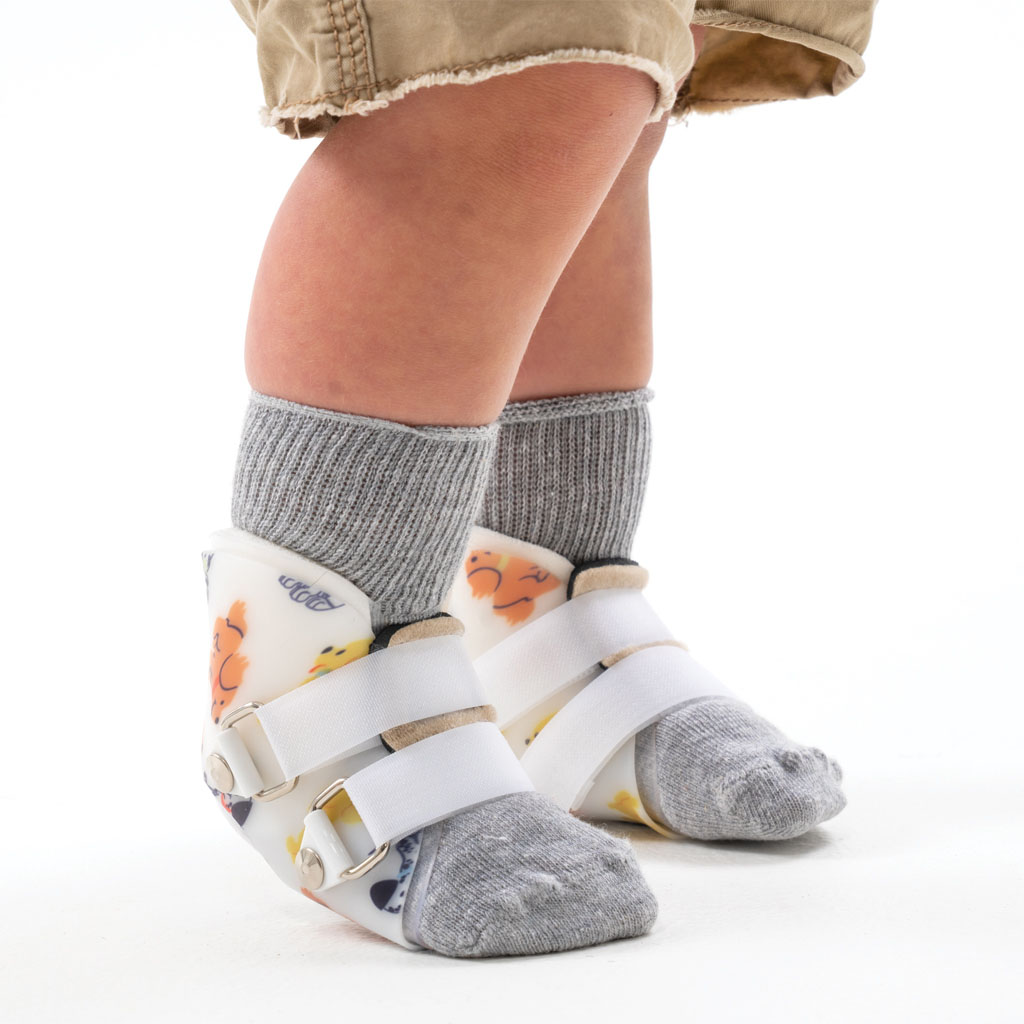What Does Foot Braces Mean?
If you need orthotics, your podiatric doctor will make an accurate mold of your feet. Once the mold is ready, a professional will certainly transform it into stiff or soft orthotics.
A packaged insert that scrubs your foot in the store won't get much better in your home. Prescription orthotics made from mold and mildews of your feet must fit fairly well. If they do not, tell your podiatrist. Orthotics set you back greater than inserts. However when you get orthotics, you're likewise getting a medical analysis of your foot issue, a custom fit, and top quality materials that should last for numerous years with appropriate care.
Problems that might create either of these and result in foot decrease include: AFOs are a typical alternative, as researches have actually revealed that they aid enhance gait and toe clearance in individuals with hemiplegia. If you're having trouble walking and observe you catch your toes on the flooring, especially on one side of your body, see a medical care copyright promptly.
Some Known Facts About Foot Braces.

If your foot decline is short-term, a non-custom, off-the-shelf AFO might suffice. If it appears your problem is permanent, a custom-molded ankle-foot orthosis may be necessitated. Technologies have progressed to where custom-made orthotics can be developed using three-dimensional (3D) printing. Some differences amongst the options: A strong AFO that uses no ankle joint activity can be huge and cumbersome yet might be required to support your ankle joint and foot while strolling.
This kind of AFO has an inflexible front toe plate with an adaptable posterior footplate that bends and stores power when you step. As you raise your foot off the ground, the springtime includes a little boost to your step, swiftly elevating your foot and toes off the ground.
Some Known Details About Foot Braces
A poorly fitted ankle-foot orthosis may rub your foot and ankle, bring about inflammation and perhaps blood loss. Examine your foot daily for any signs of skin inflammation, as this might bring about infection. If you notice issues, stop use your ankle-foot orthosis and see your health care copyright right now.
2019; 116( 20 ):347 -354. J Neuroeng Rehabil. 2018; 15( 1 ):41.
2015; 27( 4 ):1033 -1035. J Foot Ankle Res. 2019; 12( 1 ):11.
The 5-Second Trick For Foot Braces
Plantar fasciitis is a condition involving inflammation of the plantar fascia, which isthe level band of tissue or ligament that connects the heel bone to the toes. Plantar fasciitis happens when the tendon that supports the arch of the foot is stressed. For therapy, a plantar fasciitis foot splint is made use of.
The enlargement is actually extra bone formation that frequently occurs in tandem with a misaligned large toe. This imbalance causes the huge toe to relocate outside, and therefore the big toe can be swollen with soreness, tenderness, and pain. An excellent bunion foot support that helps offer exceptional bunion relief while you sleep.
This foot support also alleviates bunion stress and offers remarkable assistance that won't slide or relocate about. The Velcro band helps keep this foot support brace comfortably in location.
The 5-Minute Rule for Foot Braces

Improper placement, nerve damage, and read here neurological conditions might impede the capacity to stroll and relocate about as a result of instability or improper placement of the foot and ankle. This instability can increase the risk of falls and the risk of further injury to the back, hip, review and knees in time. Foot and ankle braces are a common form of support to deal with the effects of alignment issues, nerve damage, or a neurological condition by creating stability, improving walking, and helping to keep you mobile.
Nonetheless, extra intricate conditions, such as a stroke, a traumatic mind injury, a spine injury, multiple sclerosis, and analytical palsy might call for an extra tailored option to support weakness or improper placement in the ankle joint. There are various options developed to create security and enhance flexibility for people with a broad variety of conditions
The Best Guide To Foot Braces
Several people pertain to my office suffering foot discomfort from conditions such as bunions, hammertoes, a pinched nerve (neuroma), or heel discomfort (plantar fasciitis). I carry out an extensive evaluation and assessment, and together we examine the beginning, mechanics, and therapy strategy for the particular trouble or issue. The individual usually asks if they need an orthotic and, if so, which kind would be best.
Foot orthotics can be made from various materials, and may be stiff, semirigid, semiflexible, or accommodative, relying on your diagnosis and details demands. A lot of my conversations focus around three kinds of foot orthotics: over-the-counter/off-the-shelf orthotics; "kiosk-generated" orthotics; and professional custom-made orthotics. Non-prescription (OTC) or off-the-shelf orthotics are commonly offered and can be selected based on shoe dimension and trouble (such as Achilles tendinitis or arc pain).
This mold and mildew is then utilized to create an orthotic Visit This Link specifically for you. The difference in between OTC/kiosk and personalized orthotics might be compared to the difference between over-the-counter and prescription analysis glasses (Foot Braces). An individual of typical weight, height, and foot type, and with a generic issue such as heel discomfort, generally does well with a non-prescription or stand orthotic
Top Guidelines Of Foot Braces

Comments on “6 Easy Facts About Foot Braces Described”